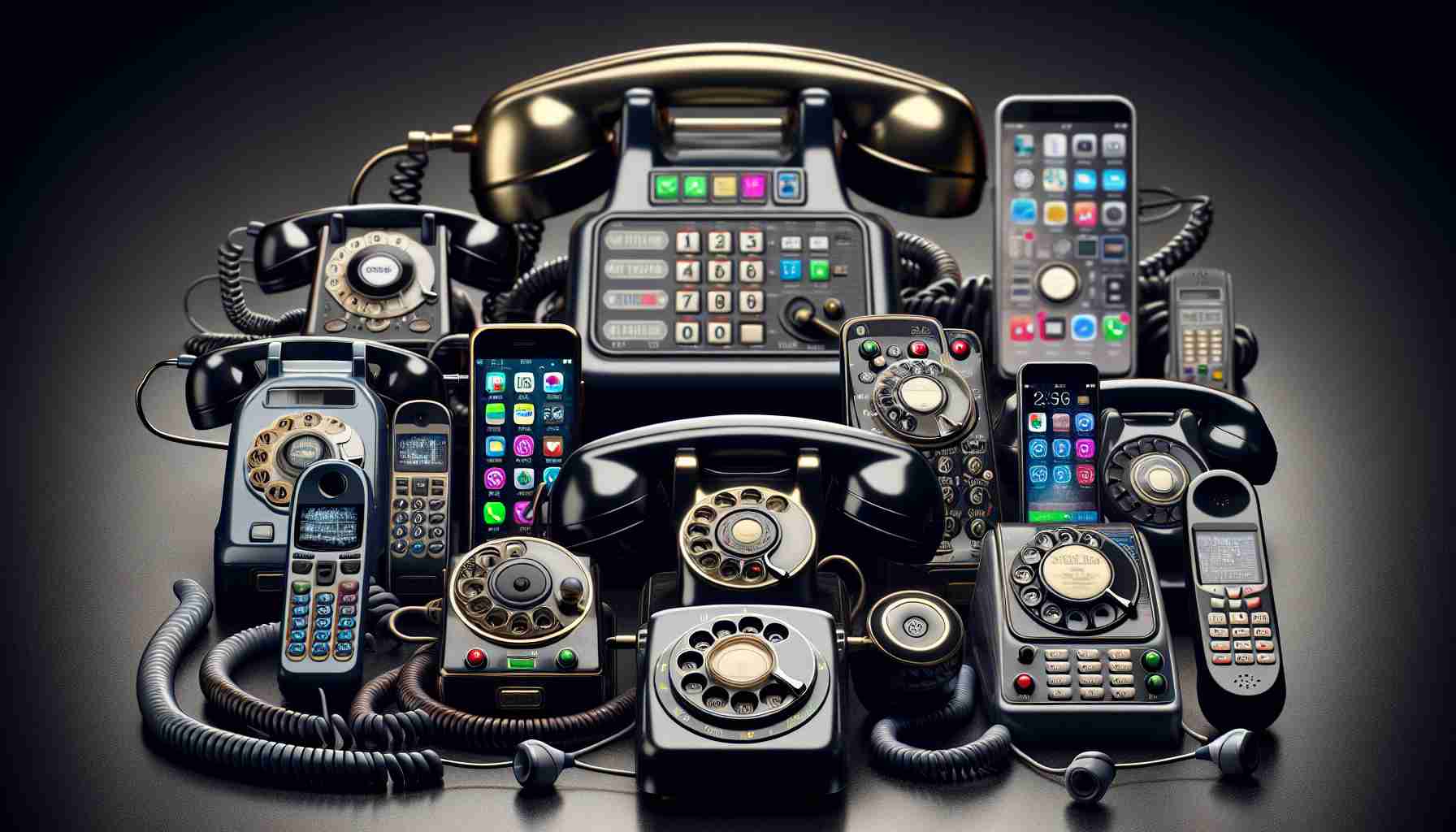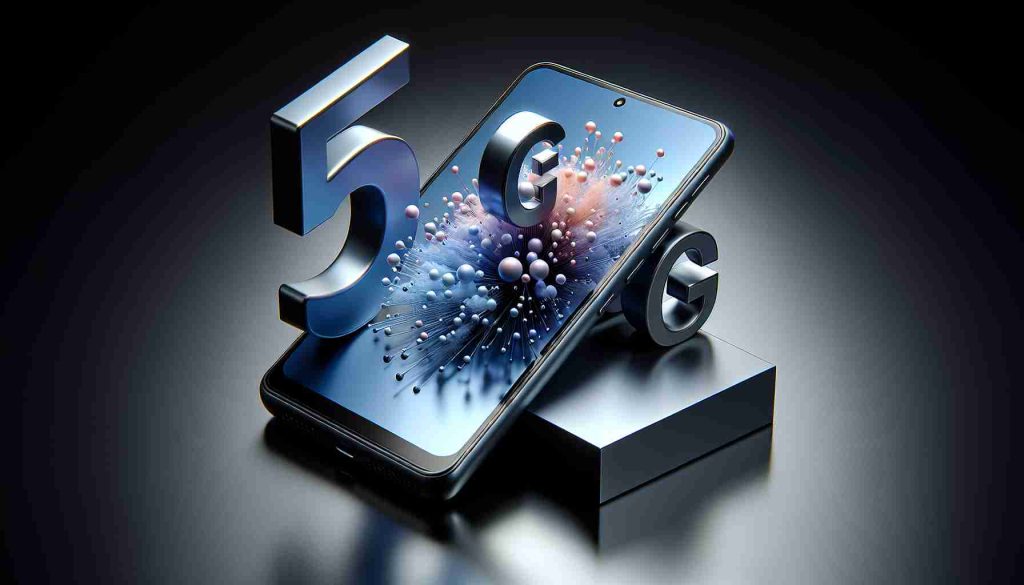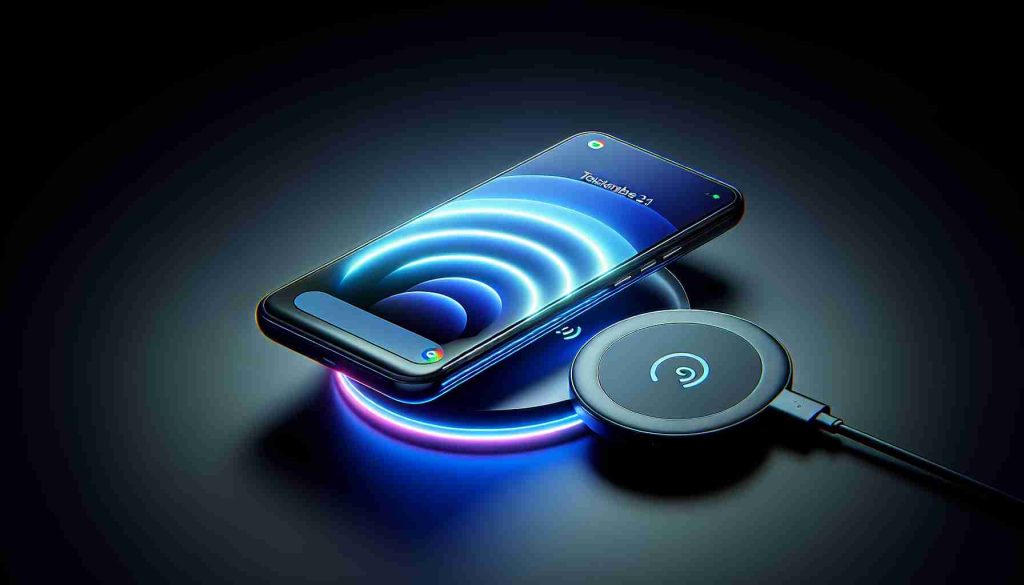The market for basic feature phones is experiencing a resurgence, with traditional models integrated with modern 4G technology becoming increasingly popular. While smartphones with advanced features dominate the market, a significant number of users, especially older demographics, remain loyal to basic feature phones for their simplicity and functionality.
As the transition from 2G to 4G devices accelerates, there is a shortage of basic phones in the short term. While there is an abundance of budget-friendly 4G smartphones available, the demand for basic phones with large buttons and long-lasting batteries persists. This shift is causing concerns about the supply of an adequate number of devices to meet the growing demand.
Retailers are struggling to keep up with the increasing demand for basic 4G phones, leading to stock shortages and limited availability online. Popular models are often out of stock or only available for in-store purchase, indicating a shift in consumer preferences towards retro phones with modern capabilities.
Industry experts predict that over 10 million users will seek basic 4G phones, leading to challenges in meeting the market demand for these devices in a timely manner. The shift in consumer behavior towards embracing basic phones with 4G capabilities highlights the need for a coherent transition strategy to ensure a smooth shift in the market landscape.
Retailers such as major mobile outlets are offering incentives and trade-in programs to support users in transitioning from 2G to 4G devices, catering to both basic phone users and smartphone enthusiasts. By providing discounts and trade-in offers, retailers aim to make authentic branded phones more accessible and affordable for users looking to upgrade their devices.
The Evolution of Retro Phones with Modern Technology: Unveiling New Insights
The market dynamics surrounding retro phones with modern technology are evolving rapidly, presenting both opportunities and challenges for consumers and retailers alike. While the appeal of basic feature phones integrated with 4G capabilities continues to grow, there are several key questions that arise in light of this trend.
What are the key challenges associated with the rise of retro phones with modern technology?
– One of the primary challenges is the shortage of basic 4G phones in the current market. As the demand for these devices surges, retailers are facing difficulties in maintaining sufficient stock levels to meet consumer needs.
– Another significant challenge lies in the transition from 2G to 4G devices, with many users seeking to upgrade to modern technology while still desiring the simplicity and functionality of retro phones. This transition poses logistical and supply chain challenges for manufacturers and retailers.
What are the advantages and disadvantages of embracing retro phones with modern technology?
– Advantages: Retro phones offer a familiar and user-friendly interface, making them accessible to individuals who prefer simplicity over complex smartphone features. Their long-lasting batteries and durable designs also appeal to users looking for reliable communication devices.
– Disadvantages: Retro phones may lack the advanced features and functionalities found in smartphones, limiting users in terms of entertainment, productivity, and connectivity options. Additionally, the shortage of basic 4G phones can lead to frustration among consumers seeking to make the transition.
In navigating the landscape of retro phones with modern technology, it is essential for consumers to weigh these advantages and disadvantages to make informed choices about their mobile devices.
For further insights on the evolving market trends and consumer preferences related to retro phones with modern technology, visit Mobile Tech Domain to stay updated on the latest industry developments and innovative offerings.























